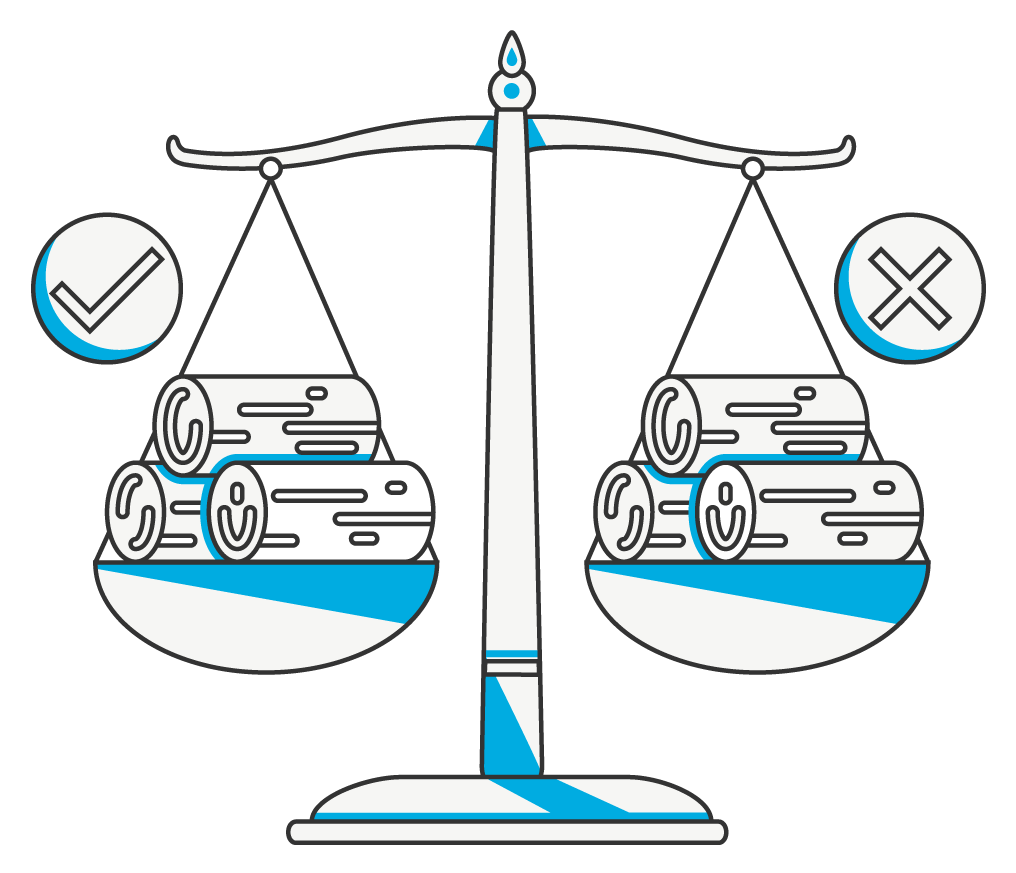Step 1: Analyze
Chapter 3 - What are the perceptions and awareness of forest crimes in the Lower Mekong?
Note: This chapter looks at the ways that rural communities across the Lower Mekong region depend on forests, their current forest practices and their perceptions and awareness of illegal logging and illegal forest trade.
KEY MESSAGES

In rural communities across the Lower Mekong region, people report that their livelihoods are dependent on the forests; mainly for firewood and non-timber forest products. People are aware of logging and deforestation, but most respondents reported that they are not involved (although in some cases they may be consciously avoiding acknowledging their own involvement). Many respondents used the term illegal logging, indicating that they are aware of and have respect for the law, and would likely follow it if current loopholes were closed.

The illegality of illegal logging was one of the most prevalent reasons given for not doing it, alongside the awareness that illegal logging is damaging to the natural environment. Very few people reported that they would be likely to cut down a protected tree.

The survey findings also show that in the Lower Mekong region the concept of “illegal” is often associated with the logging part of the supply chain rather than the trading and manufacturing of illegally sourced wood. The term “illegal logging” itself may be a factor contributing to this perception, as the framing highlights that the illegal loggers are the bad guys not the traders, manufacturers or wood product retailers.

3.1. Local people depend on the forests for their livelihoods
In many parts of the Lower Mekong, local people depend on the forests for their livelihoods. Forests provide people with firewood for cooking and timber for constructing their houses. Non-timber forest products provide local people with food, medicine, and small-scale income generation opportunities.
Rural residents reporting dependence on the forest included both male and female at equal levels. Relatively low levels of dependence in Myanmar could be due to the fact the communities surveyed were not living near forest areas for security reasons.
3.2. Rural people have a good knowledge of common tree species including valuable ones
People from rural areas reported good knowledge of a wide range of common tree species. Notably, Oak was only well known in Vietnam.
Notably, a much wider variety of different tree species in addition to the ones popular for export where reported by rural residents.
3.3. Rural people perceive a decline in illegal trading of wood over past three years
The overwhelming perception among rural residents is that illegal timber trade has been in decline over the past three years.
This is significant as it indicates that just because people live near forests they are not necessarily aware of what is happening in the forest.
“If it was in the past, I have seen it when I entered the forest. I saw Lao people cutting down trees and smuggling. Yet, it is not seen commonly anymore.”
-(Male respondent, rural Lao PDR)
3.4. Decline in illegal timber trade is largely due to the depletion of valuable trees and stricter regulations
In all countries expect Vietnam, the main reason respondents attributed to the decline in illegal timber trade was that there are fewer trees now. Respondents in most countries also mentioned that the decline in trade was related to tighter regulations and difficulty in getting permission to cut trees, especially in Cambodia and Lao PDR.
COVID-19 was not found to be a major reason for the decline in trade of tree species. Only respondents in Vietnam identified the pandemic as a reason for the decline.

What is ‘illegal’ Trade’?
Wildlife and forest product trade laws vary from species to species, as well as country to country. Trade of some species may be legal in one country and illegal in another. “In addition, international trade legality is determined by international conventions and mechanisms such as the Convention on International Trade in Endangered Species of Wild Fauna and Flora (CITES), which relies on the input of member countries, or parties.” (FAO 2007).
Verifying the origin and legality of CITES-listed timber species is at the core of the CITES trade processes. This is done in each country by national CITES Management Authorities who assess exports containing CITES species and issue what is called Legal Acquisition Findings (LAF) when an export consignment is found to be satisfactory. This is to ensure that the product was sourced and obtained in accordance with relevant laws and regulations throughout the value chain (Camarena and Inoguchi 2021).
3.5. Illegality and stricter enforcement are among the top reasons for not cutting down protected trees
The top reasons given by rural respondents why they would not fell a protected tree were related to illegality and enforcement. The vast majority of respondents in Cambodia, Lao PDR, Thailand Vietnam reported “afraid of police” as a major reason why they would not fell a protected tree.
The awareness and concern that illegal logging is damaging to the natural environment was prevalent, although not universal across the Lower Mekong countries.
There were also some gendered aspects seen in the data on the likelihood of respondents to cut down protected trees.
3.6. Forest crime is consistently associated with forest encroachments and logging rather than the selling of illegal wood
When discussing the severity of forest crime, respondents in all countries more strongly associated it with activities at the forest level such as logging of protected tree species, logging in protected areas and encroaching on forests.
These findings highlight that in the Lower Mekong region the concept of “illegal” is often associated with the logging aspects of the supply chain rather than the trading of timber or the manufacturing and selling of wood products.
The term “illegal logging” itself may be a factor contributing to this perception; the framing highlights that the illegal loggers are the bad guys not the traders, manufacturers or wood product retailers
3.7. Awareness of illegal logging high in all countries, greater familiarity highest in Vietnam
The majority of respondents from all five Lower Mekong countries reported having heard about illegal logging. In Lao PDR, Myanmar and Vietnam men reported greater awareness of illegal logging than women. In Thailand, men and women reported awareness at equal levels. In Cambodia, women reported a greater awareness.
3.8. News and media play a role in shaping the awareness of people on illegal logging
Regarding the sources of awareness on illegal logging, respondents across all countries reported gaining awareness through word of mouth from friends and family. News and media were also reported as being important sources of awareness, although less so for social media.
Conclusion
The analysis of survey data on the perceptions of Illegal logging and illegal wood trade in rural and urban communities provided important findings that have implications for future campaigns to prevent forest crime in China and in the Lower Mekong region. The next chapter will further explain the findings related to the knowledge, attitude and practices of respondents in regards to forest crime.

